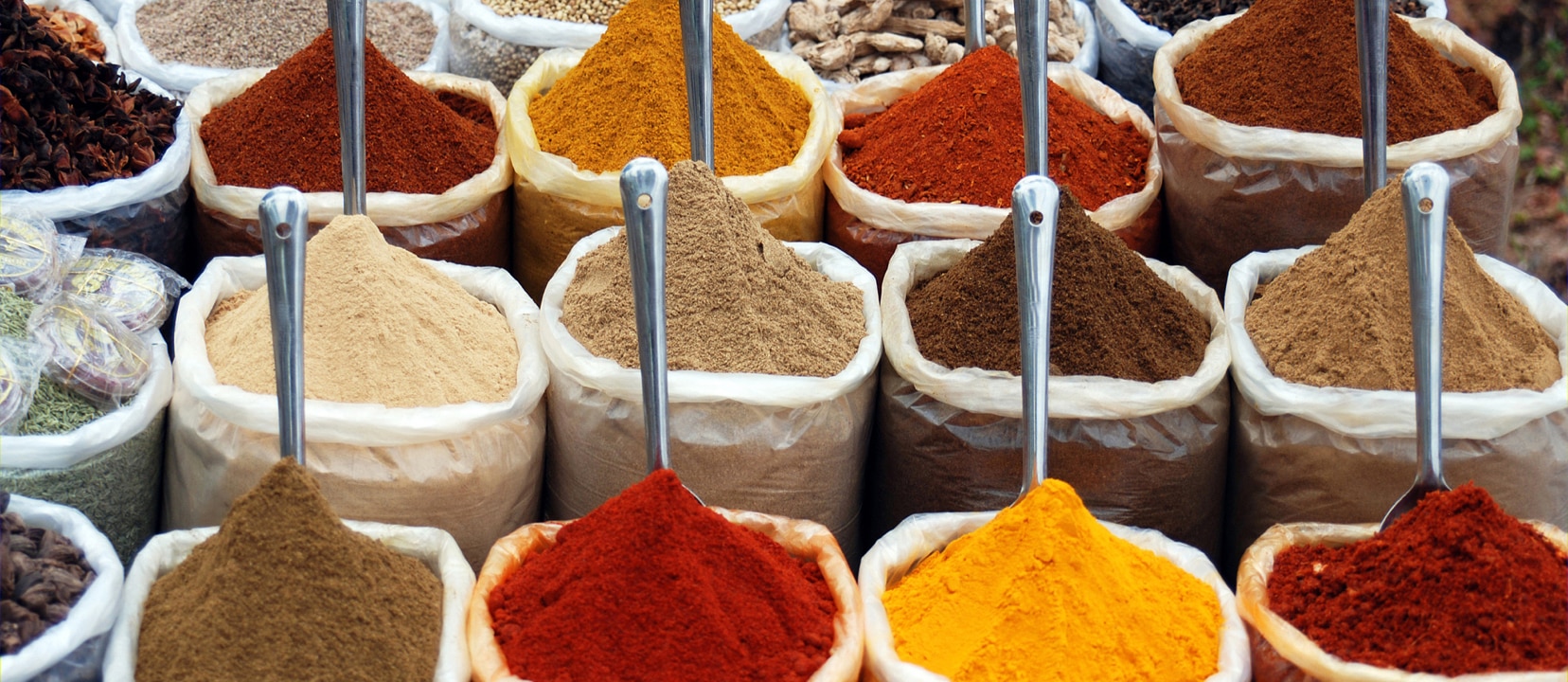Not too long ago, I spent a Saturday morning at the farmers market and stumbled upon something I’d never seen before: probiotic soda. I perked up — was this the new kale? Was I on the verge of discovering a hot new food trend? From there, I started noticing probiotic products popping up everywhere I turned — from the supermarket to the Victoria’s Secret Fashion Show. Here’s a quick refresher course in probiotics: they return the good bacteria to your gut, which helps with digestion and gut health, strengthens your immune system, and might even improve your skin. Probiotics occur…
Not too long ago, I spent a Saturday morning at the farmers market and stumbled upon something I’d never seen before: probiotic soda. I perked up — was this the new kale? Was I on the verge of discovering a hot new food trend? From there, I started noticing probiotic products popping up everywhere I turned — from the supermarket to the Victoria’s Secret Fashion Show.
Here’s a quick refresher course in probiotics: they return the good bacteria to your gut, which helps with digestion and gut health, strengthens your immune system, and might even improve your skin.
Probiotics occur naturally in yogurt and some fermented foods, but with drinks, it’s a little different; both probiotic soda and probiotic water start with water kefir grains. But, they’re not actually grains — they’re a combo of bacteria and yeast, which yields small, rubbery “grains” that sort of resemble cooked quinoa or little tapiocas. Imagine if a kombucha “mother” — the slimy bacterial disc used to brew the fizzy drink — had some children: the offspring would be these itty-bitty kefir grains.
At home, these grains create the beverage water kefir (probiotic water), as well as a sparkling beverage (carbonation comes from the fermenting process) sometimes called probiotic soda. We all know a can of soda is not great for you, but probiotic soda is actually healthy. However, since these water kefir grains can be a little more varied and unstable (you never know what balance of yeast and lactobacillus you’ll get . . . yum), this method of making a probiotic drink doesn’t really work as well outside a single or small batch. Many larger beverage companies leave the science of probiotics to Ganeden and its ingredient GanedenBC30, which is a specific and quite stable strain of probiotic. This particular strain allows you to get the best health benefits from a packaged beverage you’d buy in a store.
Probiotics are measured in CFU (colony forming units); you want to shoot for 500 million to 2 billion daily. And although doctors say you can get a good amount of probiotics from a cup of yogurt a day, or in foods like soft cheeses and sourdough bread, if you’re a vegan, lactose intolerant, or gluten intolerant, it can be tough to get your daily dose without supplements. These drinks on the market typically offer an amount in the daily recommended range, and in some cases, way beyond.
Ready to start sipping probiotic soda or water? Here are some options to try:
Victoria’s Secret models seem to love this stuff. Backstage at the VS Fashion Show, the Angels were sipping on Suja Probiotic Water as they prepped for the runway. Suja reported that 450 bottles of the raspberry flavor were consumed. That’s 900 billion CFUs of backstage bacteria.
If you’re feeling adventurous and aren’t grossed out by the thought of handling live bacteria in your kitchen, you can make these drinks. From a delicious healthy “spritzer” (like this sparkling strawberry probiotic soda) to the classic water kefir, a probiotic-rich beverage is easy to make at home. And if you’re looking for a creamier alternative, or you’re a little on the lactose-intolerant side, here’s a recipe for milk kefir, which actually makes milk a little easier to digest.
Source: But Seriously, WTF Is Probiotic Water? : PopSugar



